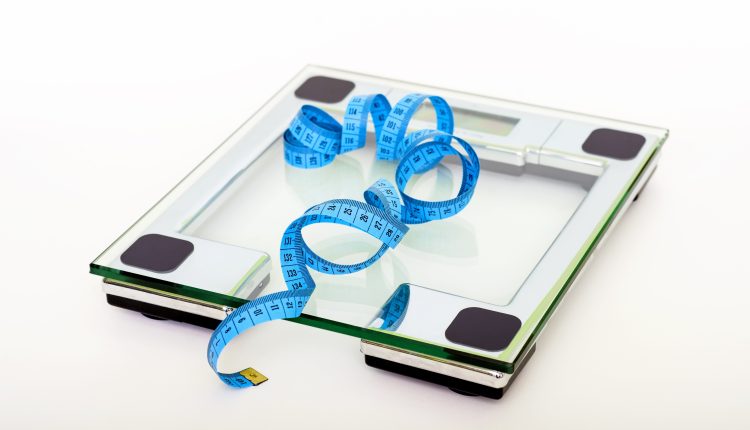The Map to Weight Loss: Are You on the Wrong Path?
Coach Stevo, the nutrition and sport psychology consultant at San Francisco CrossFit, recalls, ‘When I was 10 or 11 years old, I got separated from my parents at a national park in Washington. Luckily, I was a Boy Scout and had my trusty park map with me. So for the next three to four hours, I walked back and forth across the main path waiting to run into my parents. Needless to say, they were worried sick when I eventually found them and more than a little upset when I acted like it was no big deal. “I wasn’t lost,” I explained. “I had a map; I just didn’t know where I was on it.”’ For Stevo, this has a little something in common with the path to your fitness and wellness goals.
In order to reach whatever goal you have in mind for your wellbeing, you need to know two things: where you want to go, and where you currently are. Stevo explains, ‘Lots of people set off towards their goal with a path in mind. Atkins, paleo, Crossfit, walking, running, yoga, Zumba, cycling, intermittent fasting: these are all paths that one can take to many health and fitness goals. But none of them work equally well for everyone. And it can be easy to stray off even the most well-paved path.’ So how do you know the right goal to set, and the right path to get there?
The problem with saying “I’m going to go to Zumba” or “I’m going to start the 5:2 diet” is that these are paths, rather than destinations. Before you decide how you’re going to get somewhere, you first need to determine where you are going. According to Stevo, ‘The of the simplest things you can do to keep yourself from getting lost or distracted on the way to any goal is to take care in how you define the goal it self. The goal of good goal-setting is create a goal that is as clear, simple, and meaningful to YOU as possible.’ The point of setting a goal is to set a direction and focus for your actions, keeping your oriented and moving forward.
Stevo notes, ‘Any goal, however noble or visionary, that does not make you feel grounded and keep you moving forward is no longer a goal, by definition. It’s a burden. So, if you’ve set dozens of New Year’s weight loss resolutions or health goals in the past that were discarded by the wayside by January 15th, ditch that approach and find a new one that works for you…To many people, “I want to lose 20 pounds” feels impossibly far off and vague. Instead, try wrapping your head around a goal or Resolution that you have complete control over and is still connected to your grander destination.’
If you want to lose weight, first ask yourself how a person does that. The answer: eating less and moving more. This is a very broad and simple answer, but you can break it down into manageable chunks. Stevo teaches his own clients to follow this habit: “I will put down the fork when I am 80% full every day for 14 days.” This is much easier to achieve than aiming to lose 20 pounds, and ultimately contributes to a habit that will snowball into the ultimate vision of weight loss. Once you start one small goal, and get that one under your belt, you can move on to bigger and better weight loss strategies that will eventually accumulate into the final goal you’re after. You don’t need to reach the final destination just yet; you just have to get to the first point on your map.


Comments are closed.